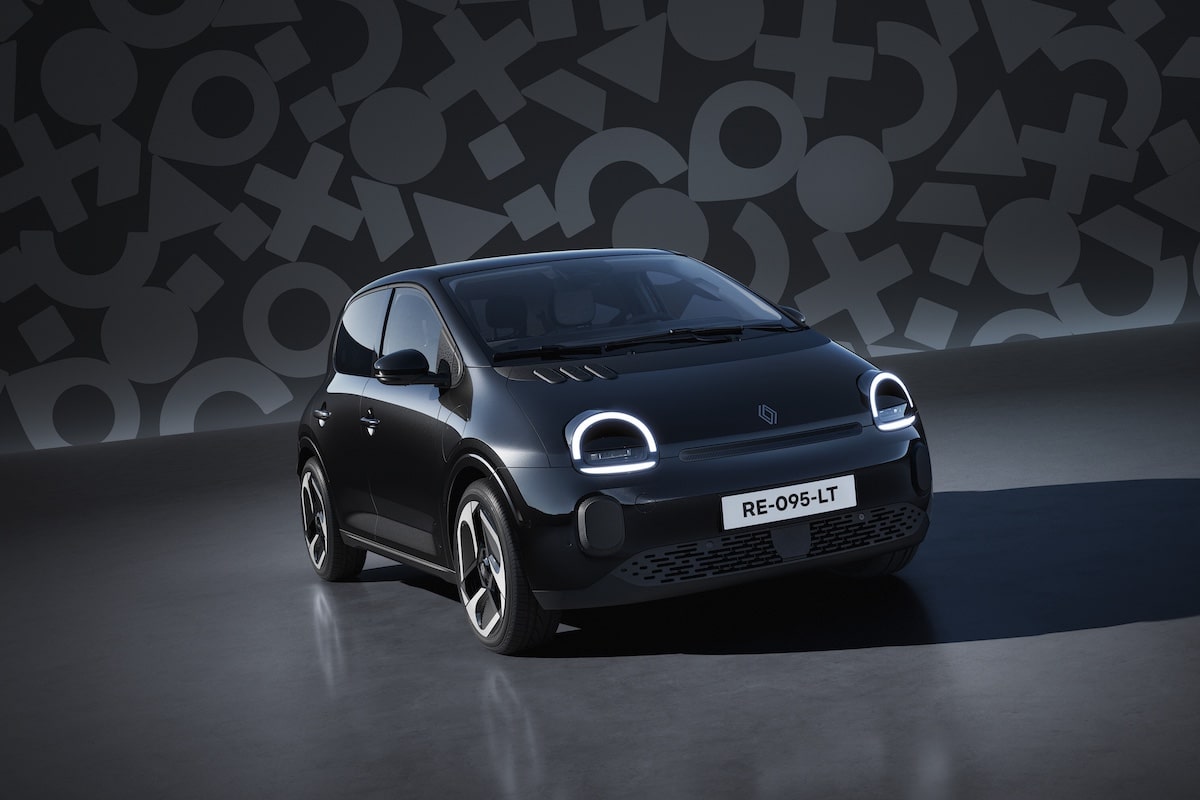Unleashing the speed of your Citroën Ami, what legal risks?

Limited to 45 km/h, the temptation to increase the speed of your Citroën Ami is great, but beware: it is illegal!
Who hasn’t already waited, or even been annoyed, stuck behind a driving-licensed vehicle on a road with a solid line prohibiting overtaking? 45 km/h is slow, and can even be dangerous for all road users.
A true commercial success, the Citroën Ami is everywhere and appeals to all age groups. Young people like it because parents find (rightly so) this means of transport safer than a scooter; it attracts those who have lost their driver’s license; and elderly people appreciate it because the Citroën is a third cheaper than a historical thermal equivalent.
Temptation for more speed
So, obviously, when there’s a restriction, there will always be rebellious spirits wanting to bypass it. Preparers offer, for about 450 euros, to remove the speed limiter on the Citroën Ami, raising its speed limit from 45 to 65 km/h. Some even claim it can go up to 75 km/h!
However, it’s important to keep in mind that removing the speed limiter on a driving-licensed vehicle (VSP) is an offense in France that carries several risks, both legally and in terms of safety.
- Loss of certification: A driving-licensed vehicle is certified not to exceed 45 km/h. By removing the limiter, it no longer meets the original specifications approved by the manufacturer, rendering it illegal on the road.
- Legal penalties: Removing the limiter from a driving-licensed vehicle can lead to penalties such as:
- A fine of up to 30,000 euros.
- The seizure of the vehicle.
- A driving ban, which could be extended to all vehicles, including those requiring a license.
- Prison sentences in case of repeat offenses or if the modification causes a serious accident.
- Liability in case of an accident: If an accident occurs with a de-restricted driving-licensed vehicle, the insurance may refuse to cover damages, leaving the driver responsible for all costs, including damages caused to others.
- Safety risks: Removing the limiter from a driving-licensed vehicle can compromise safety, as these vehicles are not designed to operate at higher speeds. This can affect stability, braking, and other safety systems, thereby increasing the risk of accidents.
- Loss of manufacturer warranty: Any unauthorized modifications by the manufacturer automatically result in the loss of warranty, meaning repairs will no longer be covered.
In summary, removing the limiter on a driving-licensed vehicle poses serious legal, financial, and safety risks, and it is strongly advised against doing so.
ALSO READ: Tesla Tuning: The Hype of Power Gains?
This page is translated from the original post "Débrider la vitesse de sa Citroën Ami, quel risque juridique ?" in French.
We also suggestthese articles:
Also read





